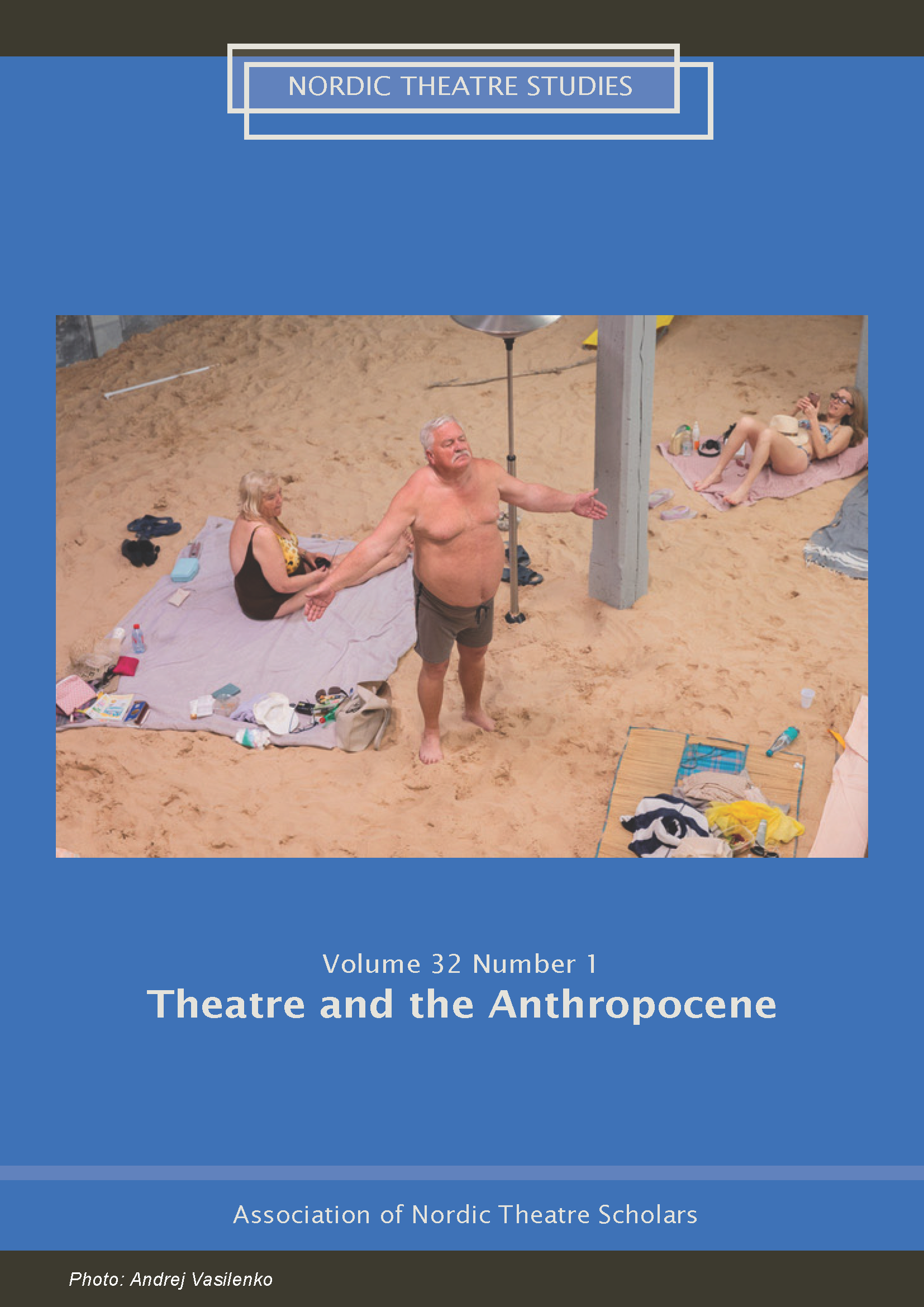Producing Bare Life in the Anthropo-scene
DOI:
https://doi.org/10.7146/nts.v32i1.120406Keywords:
Biopolitics, Anthropological machine, Bare life, Anthropocene visuality, Countervisuality, Reversed visualityAbstract
The article discusses the notion of the Anthropocene as a kind of anthropological machine, closely related to the regime of visuality. Giorgio Agamben points out that the anthropological machine is always an optical machine, which helps to induce visibility as an essential element of power. Similarly, Nicholas Mirzoeff discusses Anthropocene visuality as a technique which is always hierarchical and autocratic, helping to maintain the visualizer’s material power. Mirzoeff suggests that the biopolitical effects of visuality can be confronted by “countervisuality”, a strategy, which abandons visuality in order to achieve political equality. However, in this article I will argue that Anthropocene visuality should not be abandoned but rather reversed or redirected. In this regard, reversed visuality would mean not the replacement of the aesthetic with the political, but, on the contrary, the replacement of anthropocentric aesthetics with a different kind of aesthetics, which includes a non-human or not-quitehuman gaze. If Anthropocene visuality silently presumes that the place from which it represents will remain forever intact, then post-Anthropocene visuality demonstrates that the mechanisms of exclusion and subjection are easily interchangeable and that every living being can potentially bec ome “bare life”.
Downloads
Published
How to Cite
Issue
Section
License
The copyright belongs to the authors and Nordic Theatre Studies. Users can use, reuse and build upon the material published in the journal but only for non-commercial purposes. Users are allowed to link to the files, download the files, distribute the files on a local network (preferably by links), upload the files to local repositories if their institutions require them to do so, but not republish the files without proper agreements with the journal and the author.

